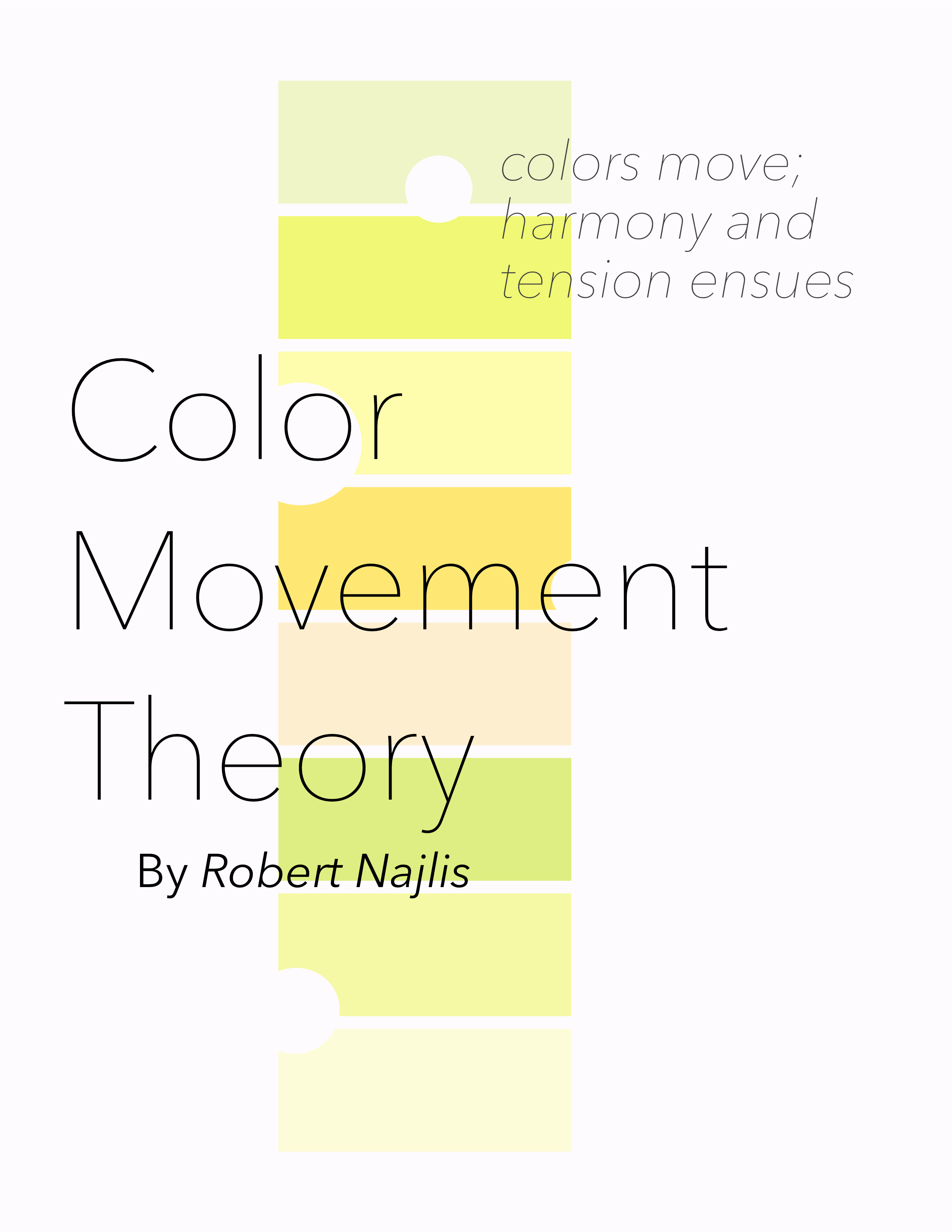Complementary colors are colors that sit on the opposite side of the color wheel from each other. They are a fundamental aspect of color theory, but there are still a lot of questions about them.
Current scientific research has put into question many of our traditional assumptions about them.
I talk about them more in detail in my book, but it takes until later in the series, book 2, until I do, because understanding them requires a bit of background.
However, we can say a few basic things about them:
When mixing paint, they combine to form a grey, near black, or brown. A better way to think of it might be that the complement of a color brings that color towards the center of the color wheel.
They can create both an attraction and a contrasting movement.
Traditionally, it is considered that in an optical sense they complete each other, but I don’t think current research full agrees with this.


